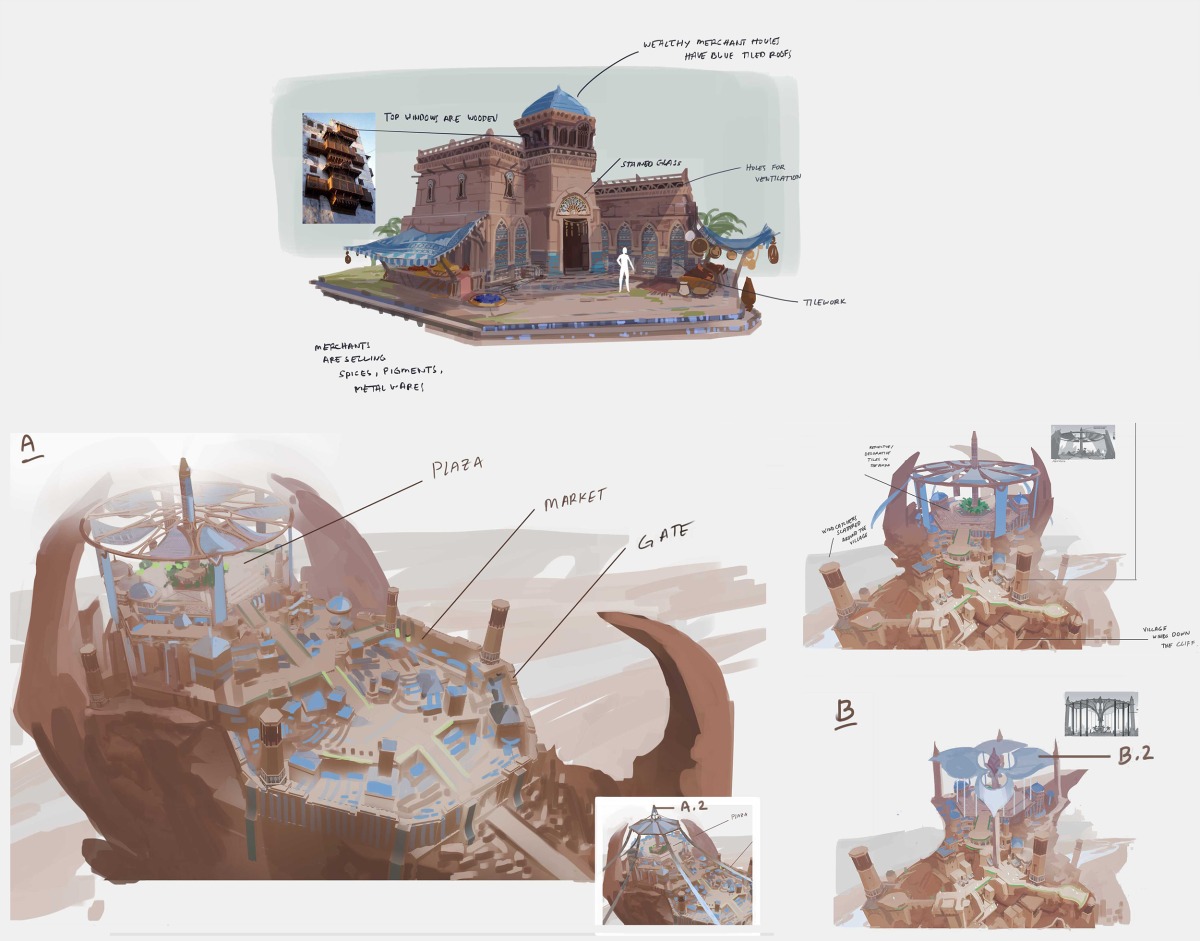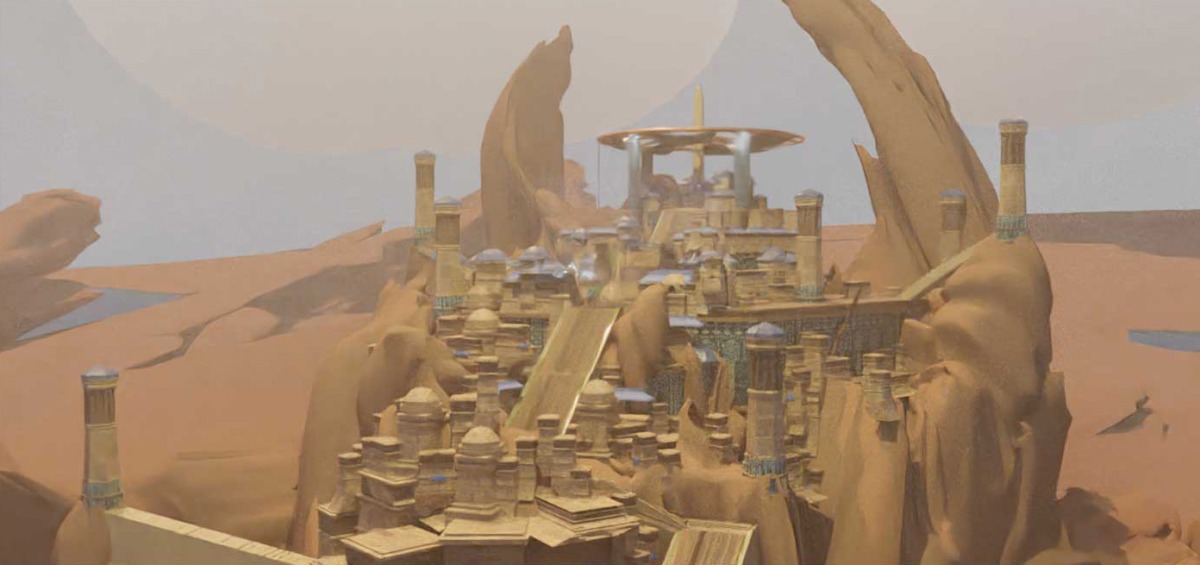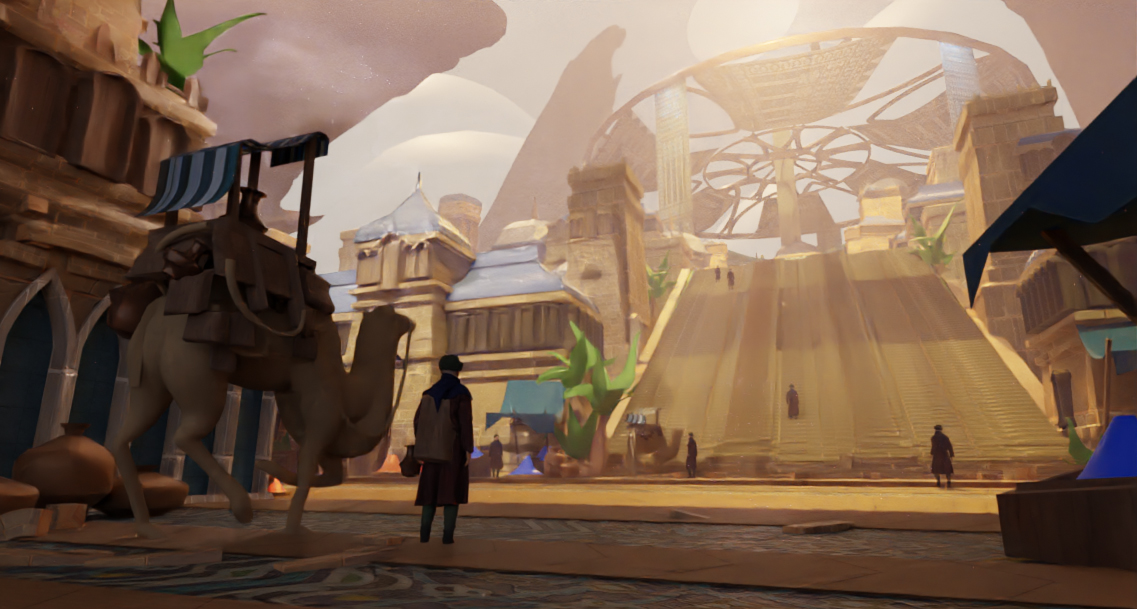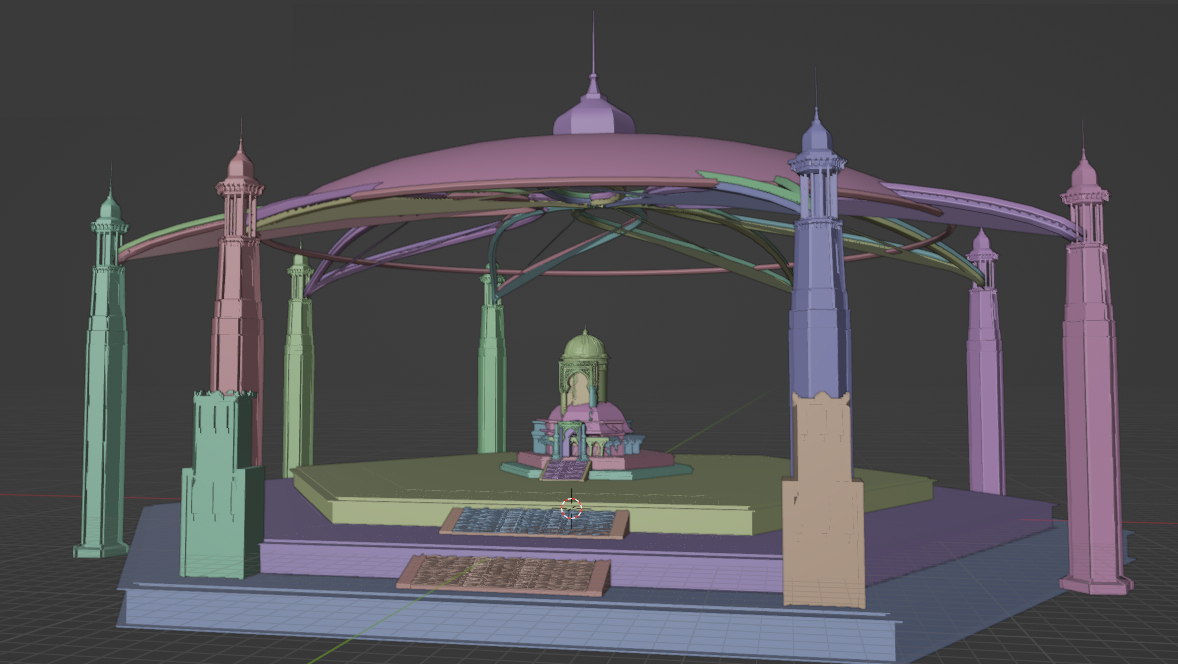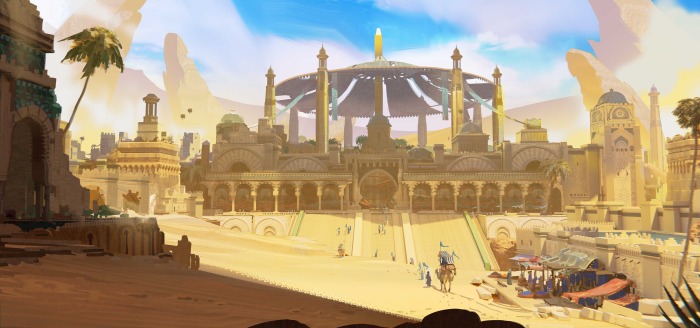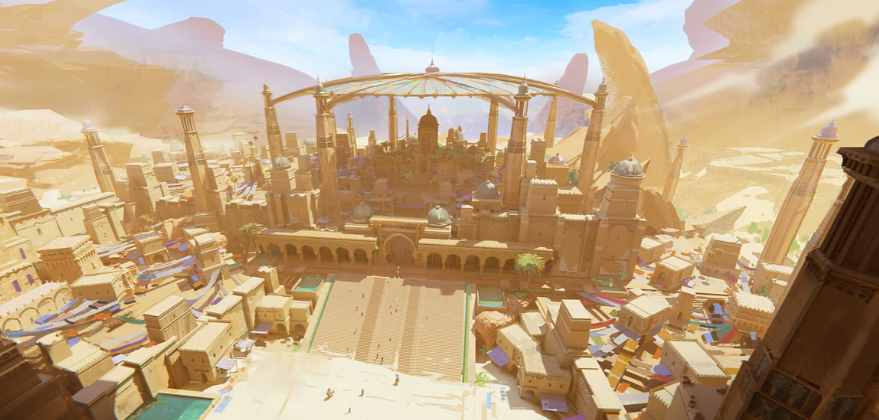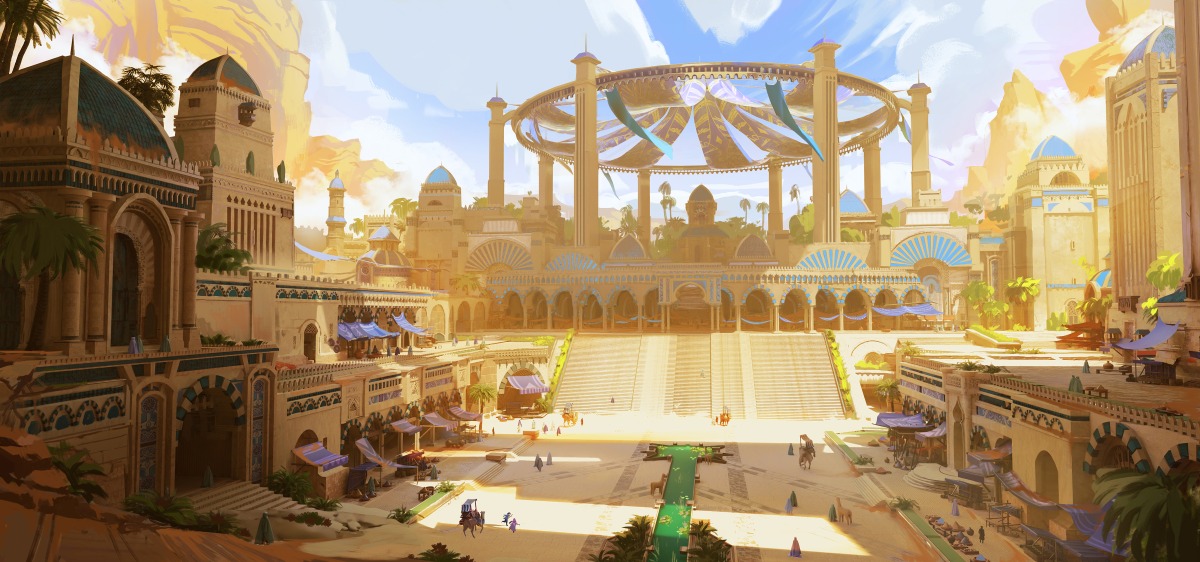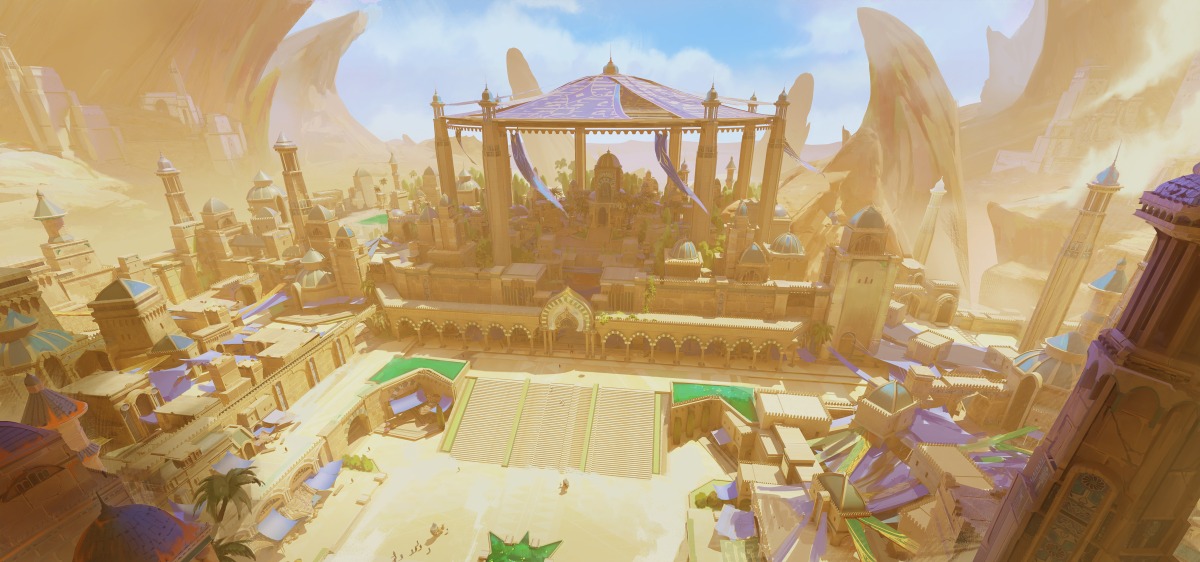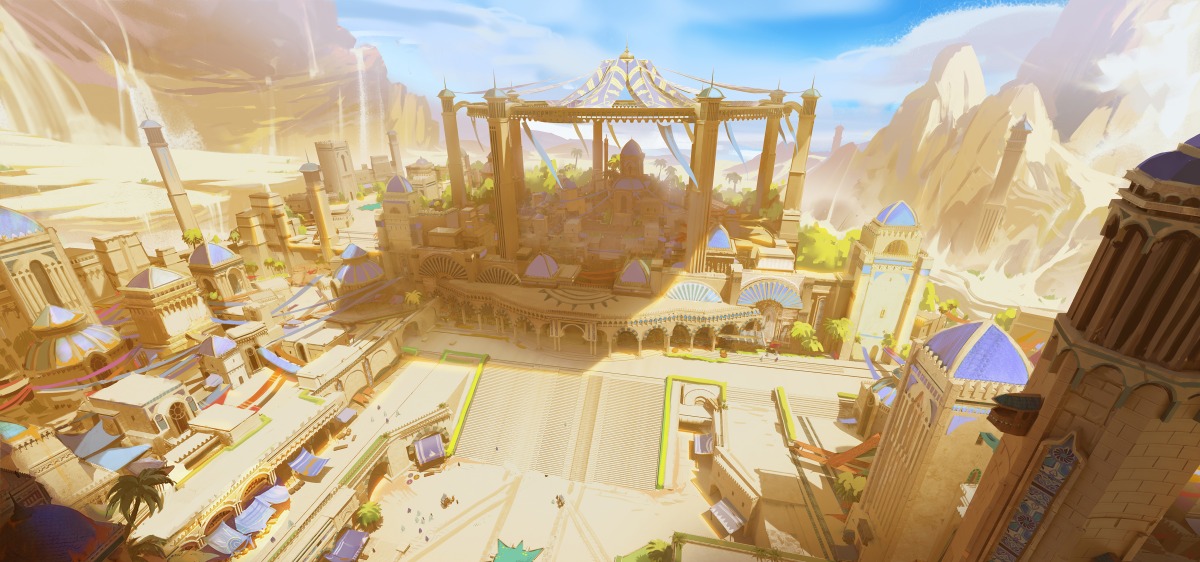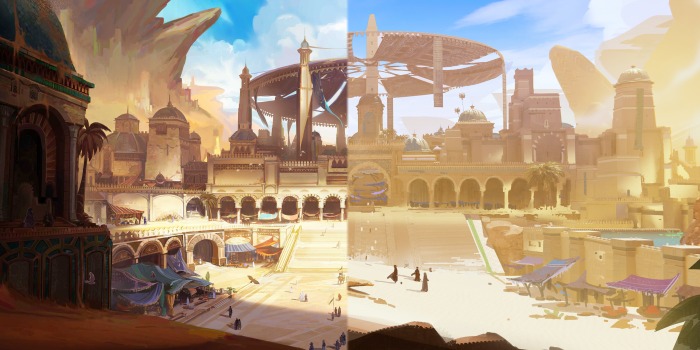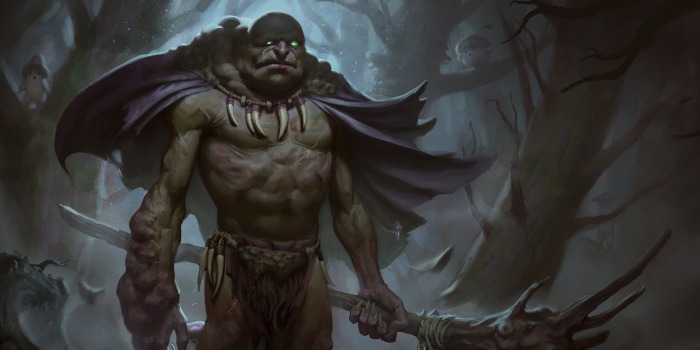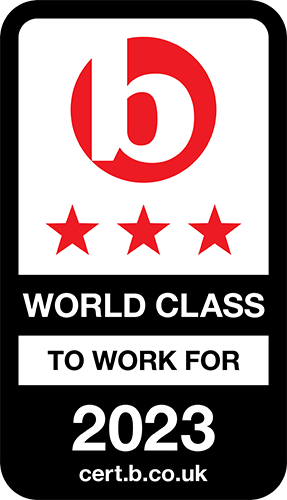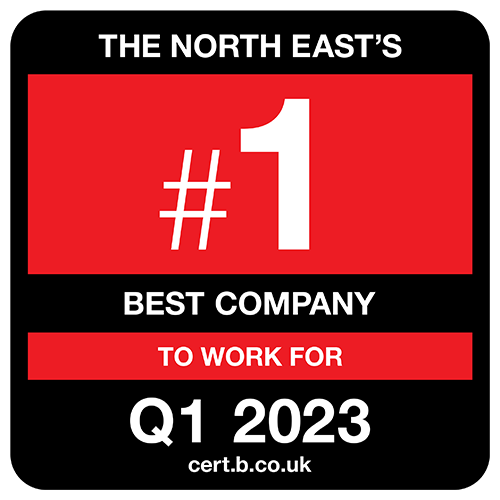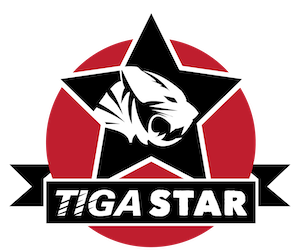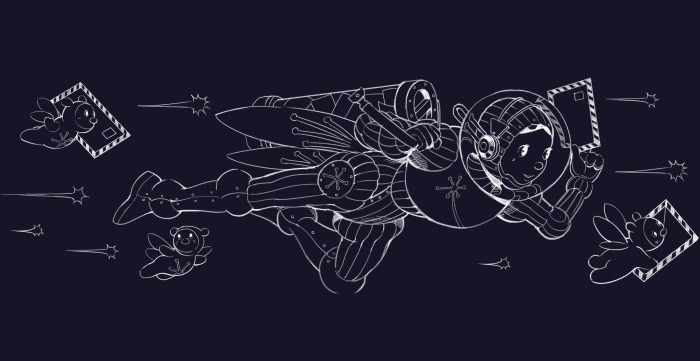Providing the creative freedom for individuals to grow is a core Atomhawk value. It means empowering artists to tap into the people and resources available to them here.
Creatives are like plants; each one needs a slightly different set of conditions to thrive. At Atomhawk we aim to create the ideal environment to aid that growth. Our Art Management and Art Leadership teams work together to manage and empower with our collaborative Learning & Development training programme. This ensures everyone gets the care they need to improve in their own specialisations or explore safely outside of the realm of their current capabilities.
It’s a real treat when we have an opportunity to share the results of the team’s upskilling through our Resources page. Today, we’re delving into the mind of Corinne Caro at Atomhawk Design, who will take us through the step-by-step process of creating this gorgeous sandswept city.




